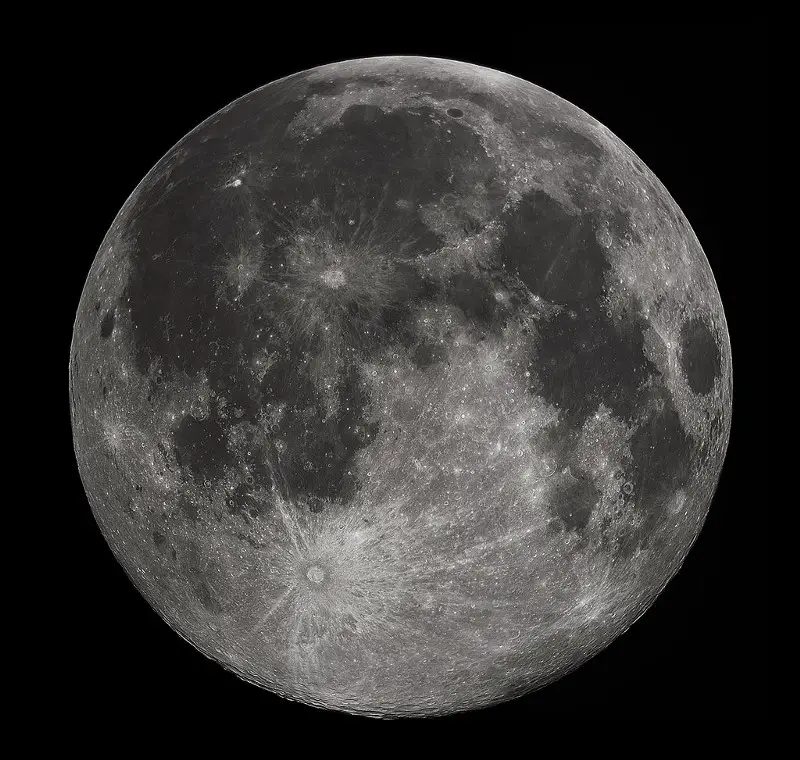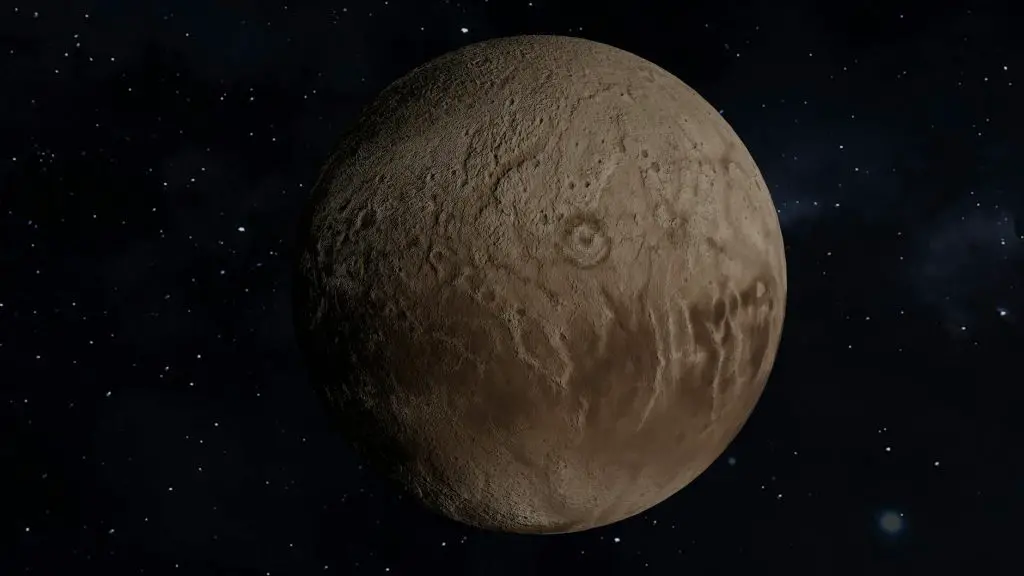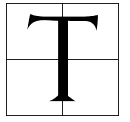 he United States has devised numerous schemes to establish itself as the world’s dominant power. Such proposals came in all shapes and sizes, and while not all of them were pursued and carried out by the army, the majority of them were. This was especially true during the Cold War when the Americans had to compete with the Red Bear in the East. In the 1950s and 1960s, as the USSR gradually caught up technologically with the US, preparations were put in place to demonstrate to the American public that the US still had the upper hand. One such scheme would shock the world when it was declassified.
he United States has devised numerous schemes to establish itself as the world’s dominant power. Such proposals came in all shapes and sizes, and while not all of them were pursued and carried out by the army, the majority of them were. This was especially true during the Cold War when the Americans had to compete with the Red Bear in the East. In the 1950s and 1960s, as the USSR gradually caught up technologically with the US, preparations were put in place to demonstrate to the American public that the US still had the upper hand. One such scheme would shock the world when it was declassified.
Sputnik
Following WWII, the Soviet Union increased its scientific efforts. The Soviets were slowly catching up to the US, thanks to stolen German research and an influx of scientists from their newly occupied regions.
This became clear in 1949, when the Soviet Union was able to build its own atomic bomb, making it the world’s second nuclear power. Only three years after the hydrogen bomb was discovered and implemented in the United States.
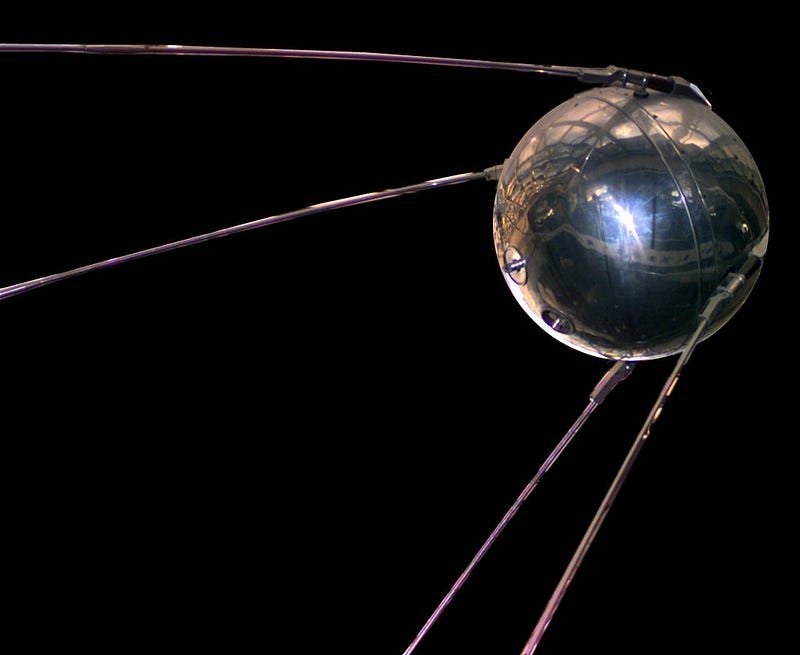
During these years, a new form of arms race began, but this one did not have the goal of maximising death. Both the USSR and the US started to change their aim from their enemies to the stars. As a result, the space race began.
The USSR was the first to achieve the race’s ‘objective’ with the launch of Спyтник 1 (Anglicized: Sputnik 1), the first satellite to orbit the earth.
This incident shocked the American public, and many citizens worried that the Soviet Union was gaining the upper hand in the Cold War. As the United States neared its own milestones in the space race, Washington’s leadership considered various ways to demonstrate to the rest of the world that they are still the leading power. A dangerous concept arose from these debates. What would happen if the United States dropped a nuclear bomb on the moon?
Research and the need for prestige
The above-mentioned question was first posed in 1958 by experts at the Armour Research Foundation. This organization studied the environmental consequences of nuclear weapons and presented the topic of what would happen if a nuclear explosion occurred on the moon.
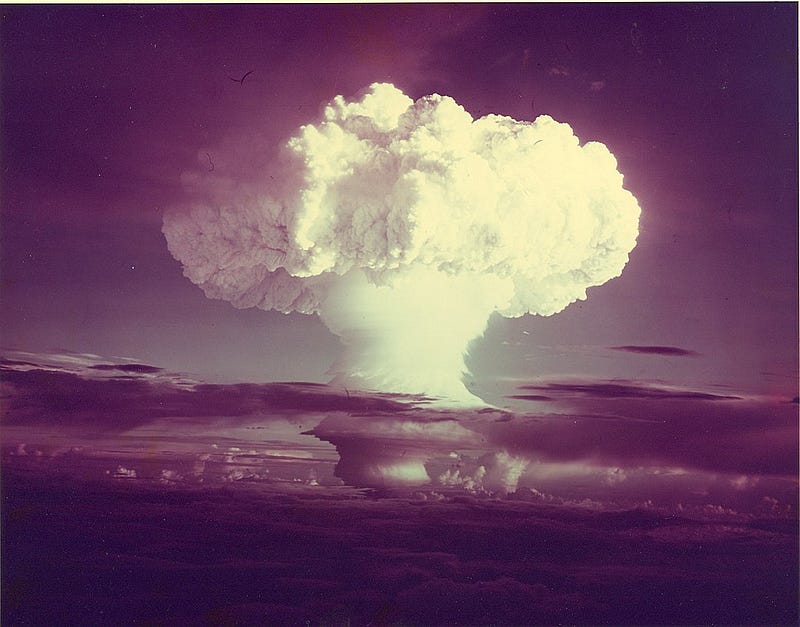
When the Sputnik Crisis occurred, the project’s goal was altered. As the American people became increasingly fearful of Soviet technological advances, the US sought ways to demonstrate its dominance. The original intention was to detonate a nuclear bomb on a portion of the moon that received no sunlight but was still visible from Earth. This would increase the explosion’s visibility and allow the entire world to see it.
The project was canceled due to concerns about complications with the nuclear device’s launch and the potential for inhibiting future colonization of the moon. The US sought new means to demonstrate its power on the international stage, and by 1969, the superpower had landed three people on the moon, bringing the space race to a close with the international consensus pointing to a US victory.

Student of Philosophy, Politics and Economics. History fanatic. Contact: aneculaeseicg@gmail.com

